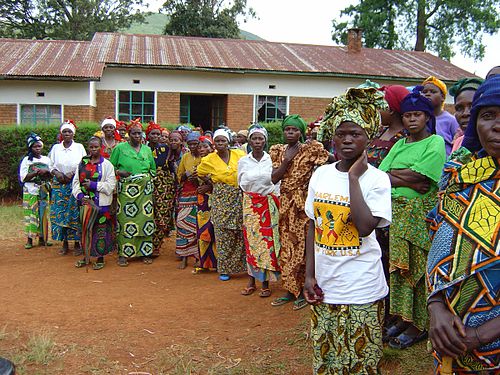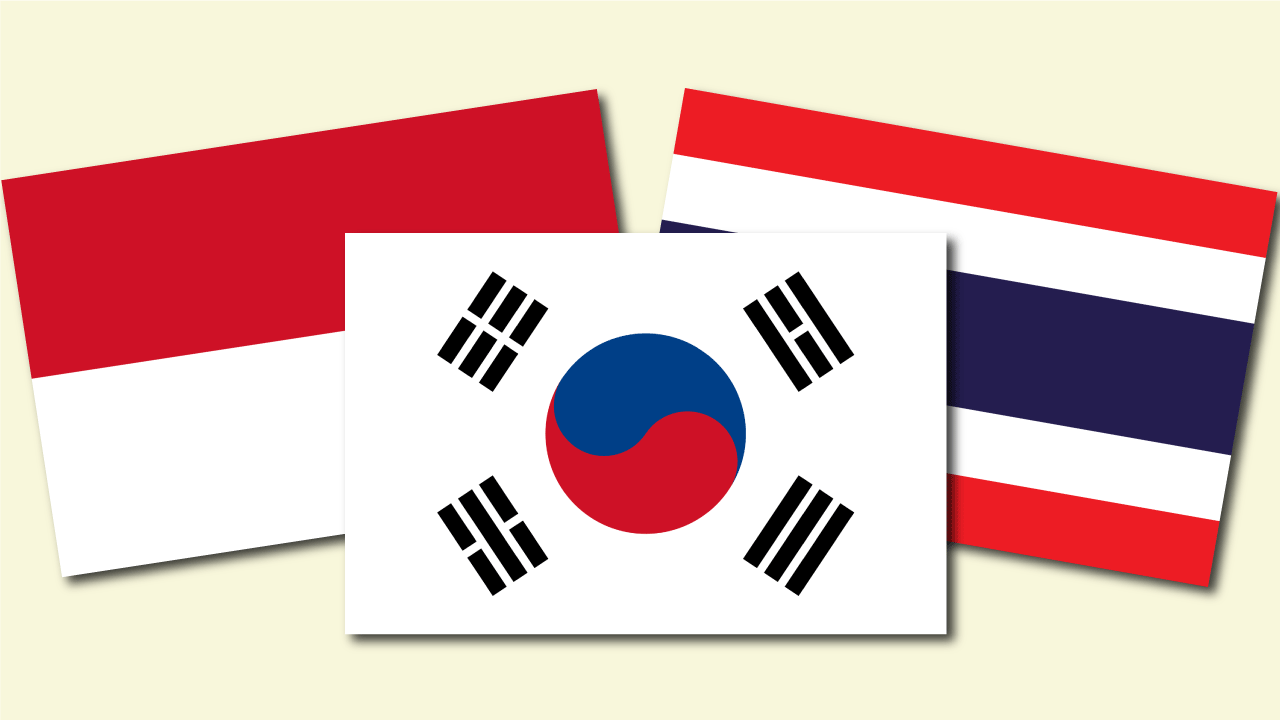
The 1990s, often looked back upon with a mix of nostalgia and genuine wonder, was a decade poised on the cusp of a new millennium, brimming with technological leaps, economic expansion, and a sense of shifting global order. From the widespread adoption of the World Wide Web to the explosion of video games and the groundbreaking Human Genome Project, it was a period ripe with optimism and profound transformation. Yet, beneath the surface of this perceived progress and prosperity, significant challenges festered, leaving enduring marks on societies worldwide.
When we speak of ‘recalled’ items, we often think of tangible products – perhaps even sedans called back from driveways due to unforeseen flaws or safety concerns. This concept of a necessary re-evaluation, a recognition of something fundamentally wrong that requires immediate attention, can be applied metaphorically to the grand narratives, the political structures, and the societal assumptions that defined the 1990s. Many aspects of the decade, initially perhaps overlooked or misunderstood, revealed critical, deeply embedded ‘shadows’ demanding a collective ‘recall’ or a thorough re-examination of their true nature and consequences.
This journey into ‘The ’90s Shadow’ will explore not automotive defects, but rather a series of profound historical events, socio-political upheavals, and emerging threats that, like a faulty mechanism, brought unforeseen challenges to the forefront. These were the issues that defined the decade’s underbelly, often emerging from the very forces that promised a new era of peace and stability. Join us as we uncover seven of these pivotal ‘shadows’ that cast long, complex hues over the so-called ‘Nineties’.

1. **The Dissolution of the Soviet Union’s Aftermath**The 1990s began with a seismic shift that reverberated across the globe: the dissolution of the Soviet Union on December 26, 1991. This event, hailed by many as the end of the Cold War, undeniably marked the conclusion of Russia’s status as a superpower and the end of a bipolar world order. However, its immediate aftermath was far from a smooth transition, giving rise to significant ‘shadows’ for Russia and many former Soviet states.
Boris Yeltsin, who had emerged as an opposition leader against Mikhail Gorbachev, presided over a tumultuous period for the newly formed Russian Federation. The Communist Party, once the monolithic governing force, lost its status and was even banned after an attempted coup by hardliners. This political upheaval was compounded by a severe economic crisis and a palpable sense of social anarchy, as the nation grappled with the rapid, often chaotic, transition from a planned economy to a market-oriented system.
The widespread shift from single-party socialist states to multi-party systems with private sector economies, while a move towards liberalization, also brought immense instability. New challenges arose in areas that were once tightly controlled. The groundwork for future geopolitical tensions, including a rise in anti-Western sentiment, was inadvertently laid during this foundational, yet profoundly unsettling, post-Soviet era.
Read more about: America’s Grandeur and Grime: 10 Defining Epochs of Progress and 5 Persistent Shadows

2. **The Rwandan Genocide (1994)**One of the darkest ‘shadows’ of the 1990s, and indeed of modern history, was the Rwandan genocide. Occurring from April 6 to mid-July 1994, this horrific event saw hundreds of thousands of Rwanda’s Tutsis and Hutu political moderates systematically massacred. The Hutu-dominated government, fueled by the Hutu Power ideology, orchestrated a campaign of extermination that shocked the world.
Over approximately 100 days, between 500,000 and 1,000,000 people were brutally killed. The scale and speed of the atrocities were staggering, leaving an indelible scar on the conscience of humanity. The images of mass graves and the sheer volume of bones in places like Murambi Technical School serve as a chilling testament to the genocide’s devastating impact.
In the years that followed, the international community, including the United Nations and major global states, faced severe criticism for their collective failure to intervene and stop the genocide. This tragic inaction highlighted a profound systemic flaw in international mechanisms designed to prevent such widespread human rights violations, revealing a deeply disturbing ‘shadow’ of indifference or inability to act effectively.
Read more about: Totally Tubular! 12 Earth-Shattering Events That Made The ’90s The Unforgettable Decade We Still Obsess Over!

3. **The First and Second Congo Wars (1996-2003)**Central Africa, too, became a focal point for profound instability in the 1990s, manifesting in what became known as the Congo Wars. These conflicts represent another significant ‘shadow’ of the decade, illustrating how regional power vacuums and long-standing grievances could erupt into devastating, multi-national conflicts, echoing the systemic failures seen elsewhere.
The First Congo War (October 1996 – May 1997) led to the overthrow of Mobutu Sese Seko, who had ruled Zaire for 32 years, after which the nation was renamed the Democratic Republic of the Congo. This rapid political change, while ending a dictatorial regime, merely set the stage for even greater turmoil.
Just over a year later, the Second Congo War erupted in August 1998, drawing in multiple nearby nations and lasting until July 2003. This broader regional conflict highlighted the interconnectedness of instability across Central Africa, demonstrating how internal political changes could quickly metastasize into large-scale, internationalized proxy wars. The immense human cost and the deep-seated regional rivalries exposed by these wars represent a profound and enduring ‘shadow’ of the late 1990s.

4. **The Gulf War’s Legacy (1990-1991)**Another critical international ‘shadow’ that emerged at the very beginning of the decade was the Gulf War, unfolding from August 1990 to February 1991. This conflict was ignited by Iraq’s invasion and conquest of Kuwait, an action stemming from Iraq’s severe debt incurred after the Iran–Iraq War in the 1980s. President Saddam Hussein accused Kuwait of deliberately flooding the oil market, thereby driving down prices, which contributed to Iraq’s economic woes.
The international response was swift and decisive. The United Nations immediately condemned Iraq’s aggression, leading to the formation of a broad coalition force spearheaded by the United States. This force was deployed to the Persian Gulf, initiating aerial bombing of Iraq in January 1991. Within just one month, UN forces successfully drove the Iraqi army from Kuwait in a rapid and decisive ground campaign lasting only four days.
While the military operation was largely seen as a success in liberating Kuwait, the Gulf War left a complex legacy. It didn’t fully resolve the underlying regional instabilities, instead setting the stage for decades of further engagement and conflict in the Middle East. The quick military victory masked deeper geopolitical fault lines that would continue to challenge international diplomacy and stability throughout the 1990s and beyond, proving to be a persistent ‘shadow’ on the global stage.
Read more about: Totally Tubular! 12 Earth-Shattering Events That Made The ’90s The Unforgettable Decade We Still Obsess Over!

5. **Chechen Wars’ Brutality (1994-2009)**The Russian Federation, still grappling with the aftermath of the Soviet Union’s collapse, found itself embroiled in two deeply brutal and protracted conflicts in the region of Chechnya during the 1990s. These wars represent a grim internal ‘shadow’ for Russia, illustrating the immense challenges of maintaining territorial integrity and dealing with separatist movements in a post-Soviet context.
The First Chechen War (1994–1996) pitted the Russian Federation against the Chechen Republic of Ichkeria. Despite Russia’s overwhelming military advantages in manpower, weaponry, and air support, federal forces faced fierce resistance from Chechen guerrillas. The conflict included the devastating Battle of Grozny, a brutal urban engagement that highlighted the tenacity of Chechen fighters. Widespread demoralization among Russian forces and significant public opposition to the conflict eventually led Boris Yeltsin’s government to declare a ceasefire in 1996 and sign a peace treaty a year later, granting Chechnya de facto independence.
However, this peace was short-lived. The Second Chechen War began in 1999, sparked by an invasion of Dagestan and a series of apartment bombings in Russia, which were attributed to Chechen separatists. This renewed military campaign saw Russian forces largely recapture the separatist region, effectively reversing the outcome of the first war. The Chechen Wars underscored the volatile nature of ethnic and regional identity in the wake of Soviet dissolution, a persistent ‘shadow’ that continued to haunt Russia for years, demonstrating the harsh realities of internal strife.

6. **The Somali Civil War (1991-Present)**In East Africa, the Somali Civil War represented a devastating and ongoing ‘shadow’ that began in 1991 and continues to the present day. This prolonged internal conflict dramatically reshaped the nation, leading to profound humanitarian crises and a breakdown of central authority. Unlike many other conflicts of the decade that saw clear beginnings and ends, Somalia’s struggle became a symbol of a ‘failed state’ and the complexities of international intervention.
The conflict quickly escalated into a multi-factional struggle, drawing international attention, most notably during the infamous Battle of Mogadishu. This particular event, occurring in 1993, highlighted the severe challenges faced by international forces attempting to restore order and deliver humanitarian aid in a deeply fragmented and hostile environment. The battle, marked by intense urban combat, became a stark lesson in the limitations and unforeseen consequences of external military engagement.
The Somali Civil War’s enduring nature throughout the 1990s and beyond showcased a persistent global challenge: how to address prolonged internal conflicts that defy easy resolution. It served as a stark reminder that some ‘shadows’ are not easily dispelled, revealing the deep-seated issues of governance, clan loyalties, and external influence that contributed to a nation’s ongoing struggle for peace and stability. The decade witnessed the tragedy unfold, with no clear end in sight, leaving a significant humanitarian and geopolitical imprint.
As we continue our journey through the ’90s, past the initial seismic shifts and tragic humanitarian crises, we uncover more ‘shadows’ that perhaps weren’t as globally dominant in the headlines but were deeply impactful, shaping regions and sowing seeds for future challenges. These are the internal political conflicts, the terrifying rise of modern terrorism, stark economic vulnerabilities, and emergent issues that truly defined the latter half of the decade, revealing the pervasive underlying flaws in the global order. Much like a mechanic uncovers a series of subtle yet critical faults, we’re now peering deeper into the vehicle of the Nineties, discovering these less obvious but equally significant recalls.

7. **The Algerian Civil War (1991–2002)**Imagine a nation poised on the brink of a new democratic era, only for the rug to be pulled out from under it, plunging it into over a decade of brutal internal conflict. This was the stark reality for Algeria, as it grappled with its own profound ‘shadow’ in the 1990s: a civil war ignited by the cancellation of its first multi-party elections. It was a crushing blow to aspirations of political liberalization, setting the stage for years of violence and instability.
The conflict, officially beginning in 1991 and lasting until 2002, wasn’t merely a political squabble; it was a deeply divisive struggle with immense human cost. The decision by a group of high-ranking army officers to cancel the elections, fearing the electoral success of an Islamist political party, effectively aborted a nascent democratic process and provoked widespread armed resistance.
This civil war showcased how quickly hopes for a more open political system could be dashed, particularly in a region already navigating complex transitions. It left a lasting scar on Algerian society and highlighted the volatile interplay between military power, religious identity, and democratic ambitions in post-Cold War nations. For over a decade, Algeria found itself consumed by internal strife, a grim reminder of democratic processes interrupted.

8. **The Tajikistani Civil War (1992–1997)**Following the dissolution of the Soviet Union, many former republics found themselves navigating treacherous waters of newfound independence, often leading to internal strife. Tajikistan was one such nation, experiencing a devastating civil war from 1992 to 1997. This conflict became a tragic ‘shadow’ of the decade, showcasing the immense challenges of post-Soviet state-building and the fragility of peace.
The Tajikistani Civil War pitted the government of Tajikistan against a formidable coalition known as the United Tajik Opposition. It was a complex struggle, fueled by various regional, ideological, and clan-based grievances, which quickly escalated into a widespread armed conflict across the fledgling nation. The struggle for control and influence tore the country apart.
Tragically, this internal conflict resulted in a staggering loss of life, with estimates suggesting that between 50,000 and 100,000 people perished. Beyond the fatalities, the war caused immense displacement and destruction, leaving the country’s infrastructure and social fabric in tatters. It served as a grim reminder that the promise of independence after the Soviet collapse often came with a heavy, unforeseen price tag of internal division and conflict.

9. **The Asian Financial Crisis (1997)**Just as optimism surged for burgeoning global economies, a sudden and powerful economic ‘shadow’ emerged from Asia in 1997, sweeping across some of the most dynamic nations on Earth. The Asian Financial Crisis, also referred to as the “Asian contagion,” dramatically hampered the economies of the “Four Asian Tigers”—South Korea and Taiwan, along with other rapidly developing economies in ASEAN, Australia, and Japan. It was an abrupt and painful ‘recall’ of unchecked economic growth.
These economies, including South Korea and Taiwan, which had transformed into developed countries in the 1990s, had been celebrated as models of rapid industrialization and growth. Neoliberal policies, implemented by leaders like President Kim Young-sam in South Korea and President Lee Teng-hui in Taiwan after democratic reforms in the late 1980s, had fueled significant prosperity.
However, the crisis exposed deep vulnerabilities, including excessive foreign debt, speculative investments, and weak financial regulation. Currencies plummeted, stock markets crashed, and businesses faced widespread bankruptcies, leading to social unrest and political upheaval in several countries. It was a stark reminder of the interconnectedness of the global economy and the potential for rapid, devastating reversals of fortune, leaving a complex legacy of economic restructuring and a more cautious approach to financial liberalization.
Reflecting on these ‘shadows’ of the 1990s, it becomes clear that the decade was far more complex than just a story of dial-up internet and grunge music. From the shattered hopes of democratic transitions in Algeria and Tajikistan to the chilling emergence of global terrorism, the economic jolts of the Asian Financial Crisis, and the wild ride of the dot-com bubble, the Nineties presented a mosaic of profound challenges. Much like a recalled sedan, these events demanded a thorough re-evaluation, revealing systemic issues that continue to influence our world today. They serve as a powerful reminder that history, like any finely tuned machine, requires constant scrutiny, lest its hidden flaws lead to unforeseen consequences.



